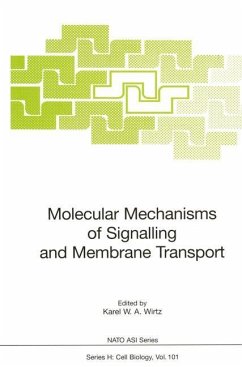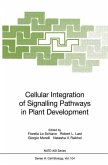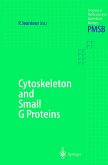A NATO Advanced Study Institute on "Molecular Mechanisms of Signalling and Targeting" was held on the Island of Spetsai, Greece, from August 1 &--30, 1996. As a continuation of a successful tradition that began in 1978, the aim of this tenth institute was to focus on some main principles of signal transduction mechanisms, with an emphasis on GTP-binding proteins, lipid signalling mechanisms, transcription factors, and membrane transporters. By bringing experts on these diverse topics together and into contact with an outstanding group of young and eager researchers, this Institute succeeded in generating an atmosphere of learning and of intellectual creativity. Students and lecturers returned for home with a deeper understanding of the challenging problems we are facing in this field. Presentations and discussion focussed on the structure and function of heterotrimeric G proteins and their receptors as potential targets for therapeutic drugs. This field was put into perspective by in-depth discussions on the function of the small GTP-binding proteins, Ras, 2 Rho, Rab, Arf in signal transduction and morphogenesis. Growth factor receptor, Ca + and protein kinase C signal transduction pathways were discussed as leading principles in intracellular and intercellular communication. At the core of the Institute were the wide implications of the regulation of phosphoinositide 30H-kinases (e. g. PI-3-kinase) and phospholipases C and D for cell function and the role of ceramides as modulators of stress response (apoptosis).
Bitte wählen Sie Ihr Anliegen aus.
Rechnungen
Retourenschein anfordern
Bestellstatus
Storno









